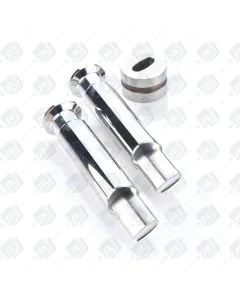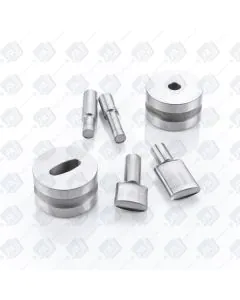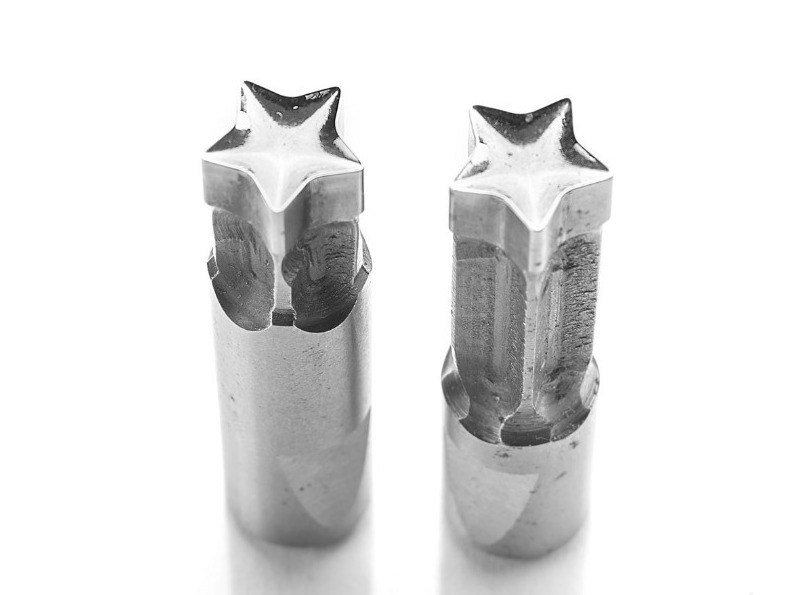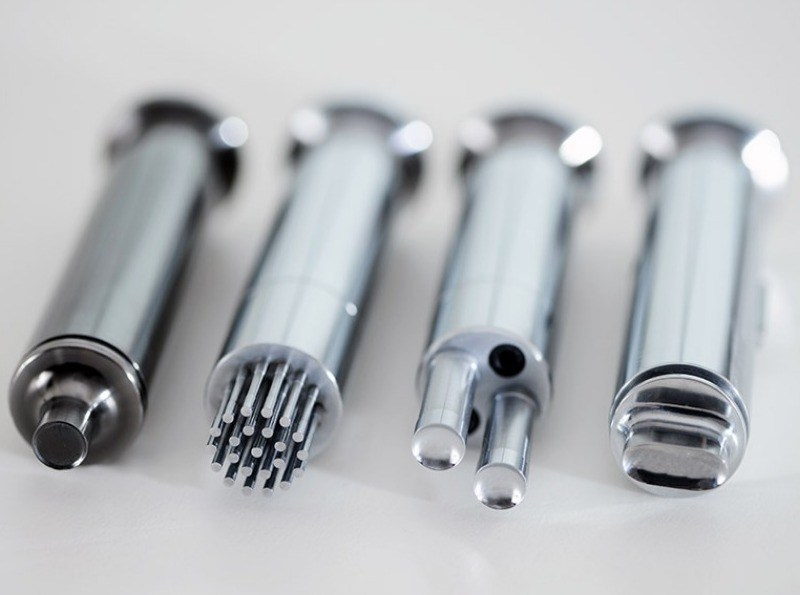It is time consuming and expensive for tablet manufacturers to inspect tooling equipment. That said, changes and advancement in technology makes it easier to doin-processinspections. Below is a brief on the improvement in technology to improvein-processinspection.
Different Tooling Equipment For Oral Solid Dosage Tablets
Tablets and capsules are the most common forms of solid dosage forms for pharmaceutical products. Each form has advantages and disadvantages but the most widely available drugs and pharmaceutical products for oral administration today are manufactured in the form of tablets. These may contain diluents and other materials (excipients) added to assist in the preparation, which is achieved either by moulding or by compression.
Tablet types and their abbreviations
- Buccal, Sublingual, and Rectal or Vaginal Tablets, Suppositories or Inserts are terms that relate to the area of the body in which they are designed to be administered.
- Compressed Tablets (CT)
- Controlled Release
- Effervescent Tablets
- Enteric-Coated Tablets (ECT)
- Film Coated tablets (FCT)
- Implants
- Layered Tablets
- Lozenges
- Multiple Compressed Tablets (MCT)
- Press Coated tablets
- Sugar Coated Tablets (SCT)
- Slow-release (SR) Tablets
- Tablets for Solution
- Time-release Tablets
Chtěl/a bych dostávat LFA newsletter
Compressed tablets
Compressed tablets are formed through compression of crystalline, granular or powder formulations. As well as the active pharmaceutical ingredient, other substances are included in the formulation, such as diluents, binders, disintegrants, colorants and lubricants are added. These pharmalogically inactive materials are termed excipients. Tablets can be made in a variety of shapes and sizes according to the intended usage. Often the designs are adapted or enhanced for aesthetic appearance to improve their public acceptance. Each punch and die set (often referred to as the tablet tool set) in the tableting machine governs the shape and size of the compressed tablets that are produced. Common shapes of punches in regular use today are:
- Deep concave (round/capsule)
- Extra deep
- Flat faced bevel edged
- Modified ball
- Shallow concave (round/capsule)
- Standard concave (round/capsule)





All basic models of machine for tablet compression have a lower punch that can fit into the die from the bottom and an upper punch that has the same mould as the lower punch and can enter the die cavity from the top once the material fills the die cavity.
Purchasing Tooling Equipment
Before purchasing any punch set for manufacturing compressed tablets, consideration should be given to the following:
- Design of the upper and lower punch
- Design for the die set
The following information should be included with the purchase order:
- Required markings or engravings, e.g., date of manufacture
- Materials of construction of the tool set e.g., high carbon chromium steel (HCHC) or oil hardened non-shrinking steel (OHNS)
- Number of tool sets needed
- Punch type
- Special requirement such as embossing or concavity
Tablet tooling is commonly supplied in four different types, B, D, BB and DB as per the following dimensions:
| Type Of Tooling | Punch Diameter (mm) | Die Diameter (mm)/(inch) | Punch Length (mm)/(inch) | Max. Tab. Size (mm) Round/Capsule |
|---|---|---|---|---|
| B | 19 | 30.15/1.187 | 133.60 | 16/19 |
| D | 25.4 | 38.1/1.50 | 133.60 | 25/25 |
| BB | 19 | 24/0.945 | 133.60 | 13/14 |
| DB | 25.4 | 30.15/1.187 | 133.60 | 19/19 |
Some tablet tooling terms:
- Barrel – this guides the punch with reference to the turret guides.
- Domed Head – this controls the dwell time of the punches, improving hardness of the tablet.
- Dwell time – the time that the punch stays below the pressure roller when the machine is in use.
- Head – the end of the punch, which locates with the cam track during the rotation of the turret.
- Head flat – also known as dwell flat. This flat surface in the head of the punch receives the compressive force from the rollers that determines the height and weight of the ejected tablet.
- Inside Head Angle – the place where the lower punch is pulled down after the ejection and lifts the upper punch after the compression.
- Key Angle – this shows the relationship between the tablet shape and the punch key. The key position is determined by the tablet’s shape, turret rotation and take-off angle.
- Neck – this is the space between the barrel and the head, which also provides space for the cams.
- Outside Head Angle – this is the surface area where the roller gets in touch before the head flat during compression.
- Overall Length – the space between the head flat and the cups top.
- Stem – this is the area opposite of the head, it starts at the tip and extends to where the full diameter of the barrel starts. If there is a chamfer, the barrel can reach to full diameter above it
- Tip – the punch tip determines the tablet’s profile, shape and size
- Tip face – the surface of the punch tip place that creates the tablet. It is important to have a uniform surface to form quality tablets.
- Working Length – the distance between the bottom of the tip cup and the head flat.









